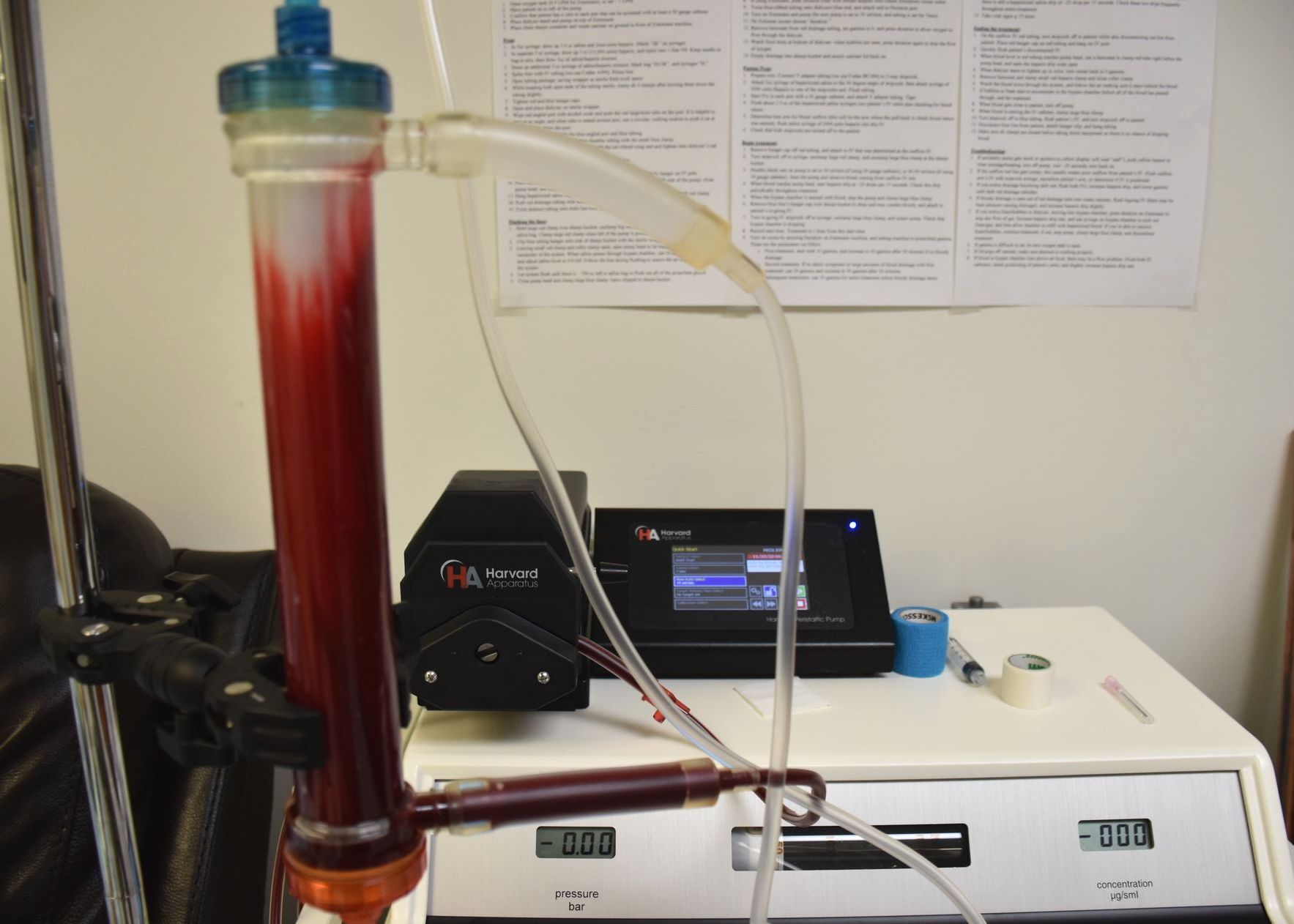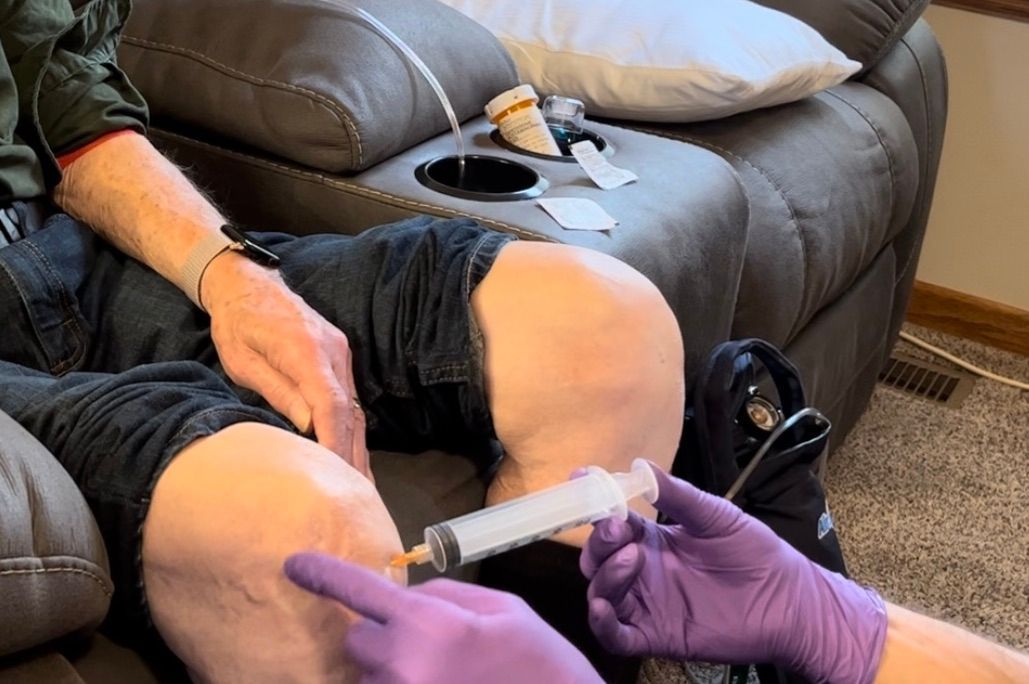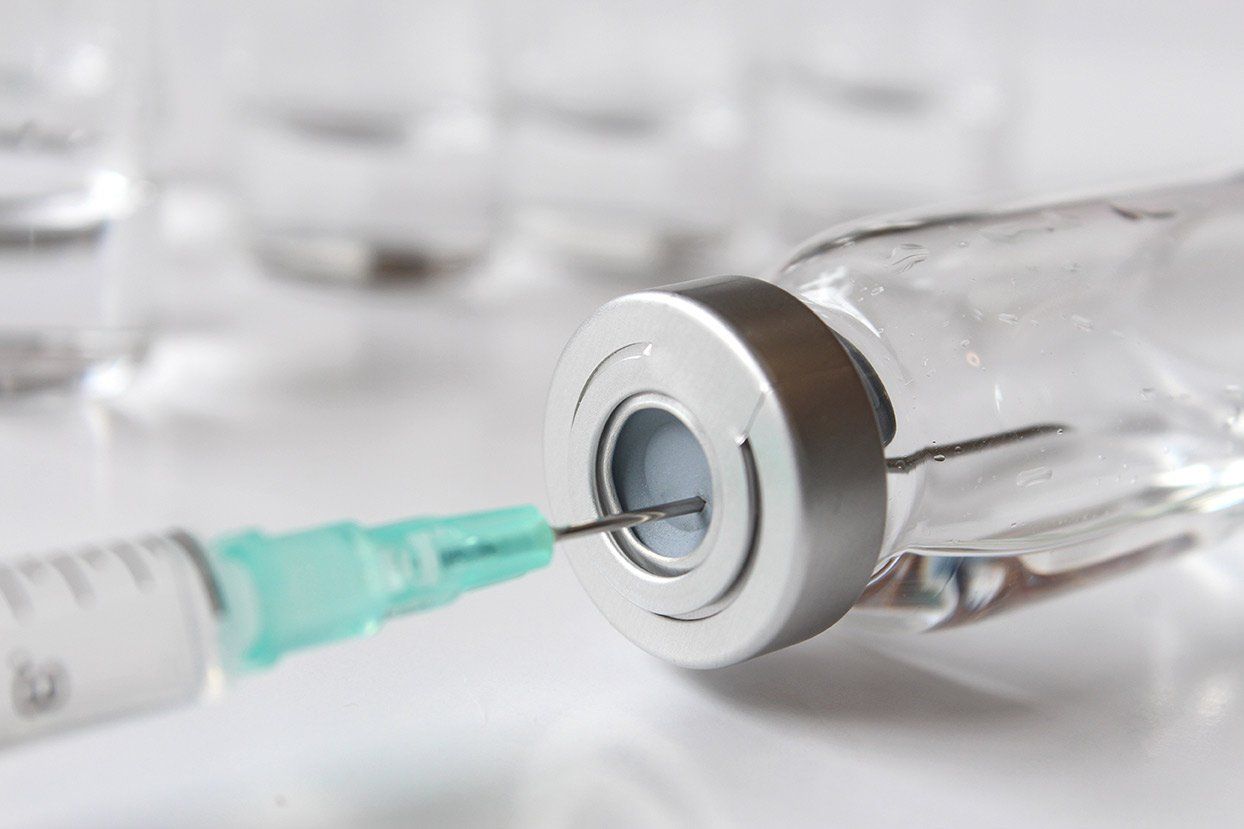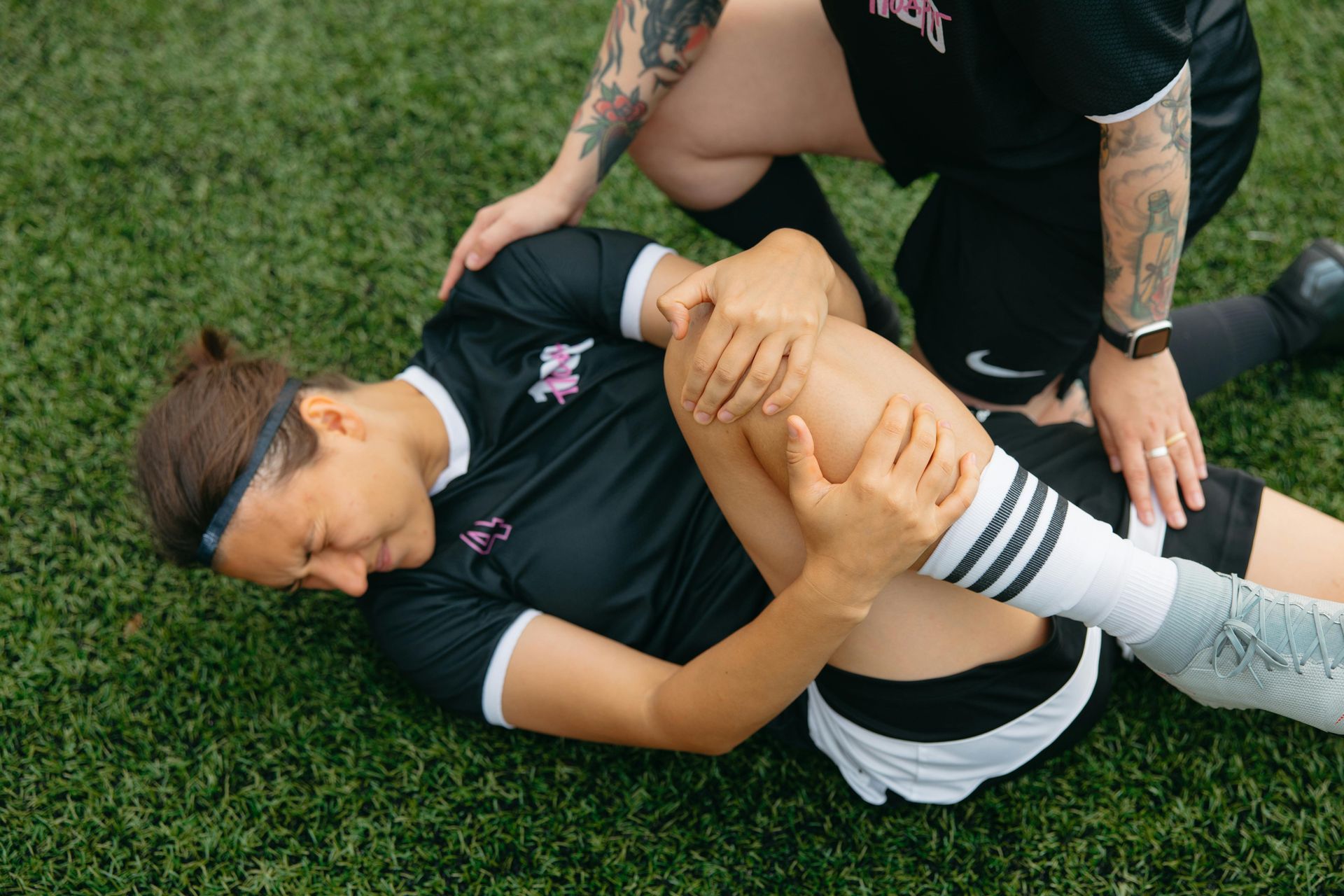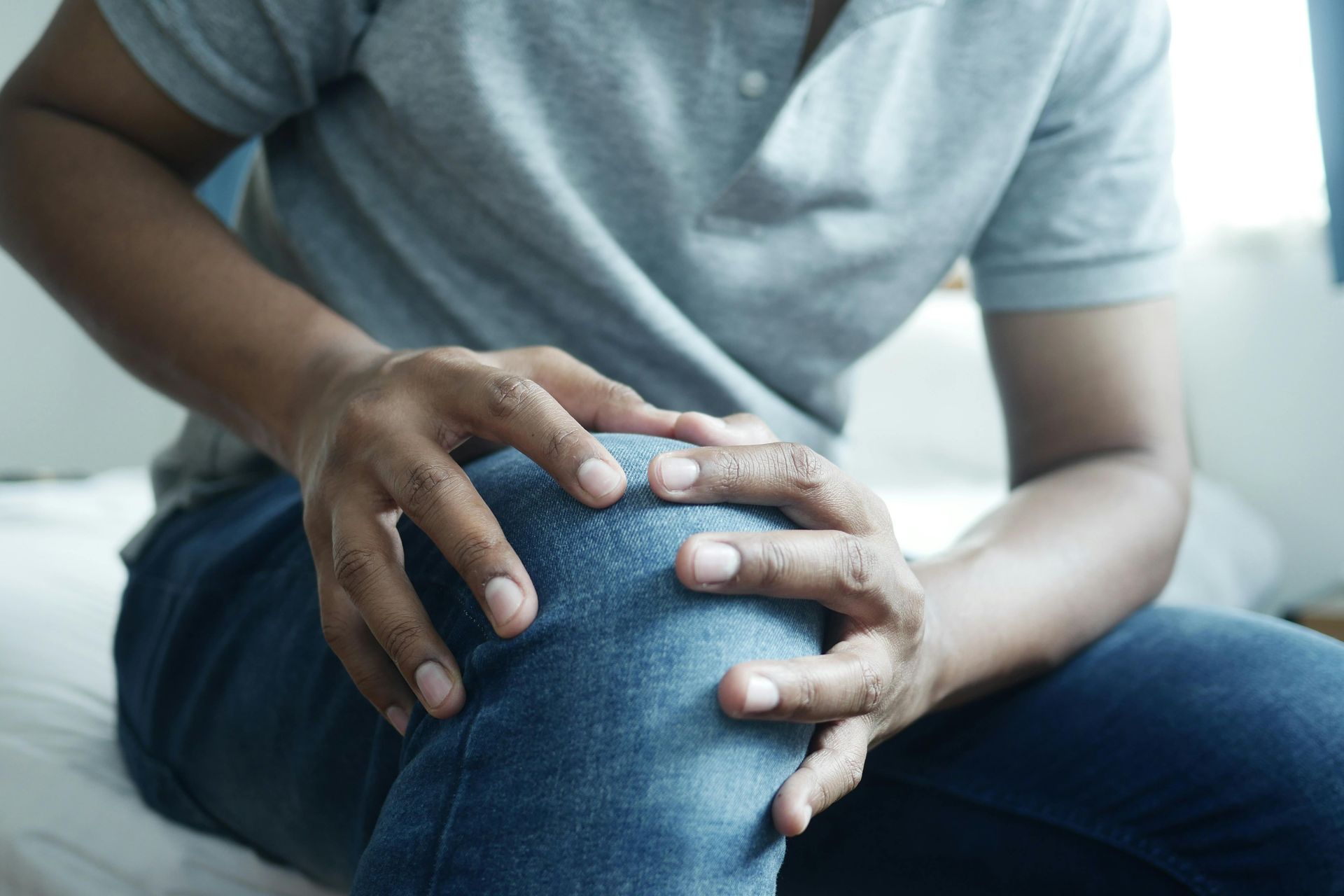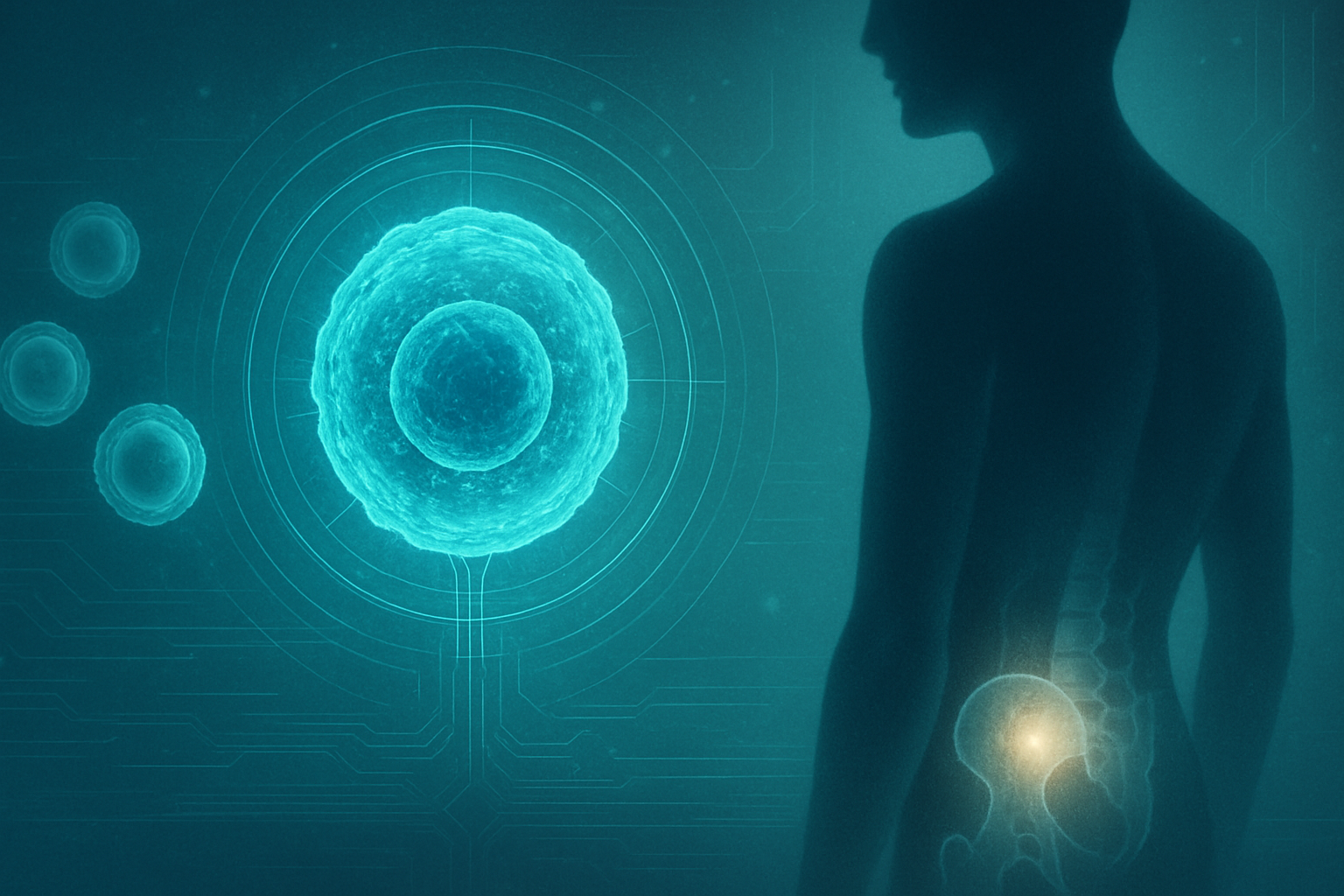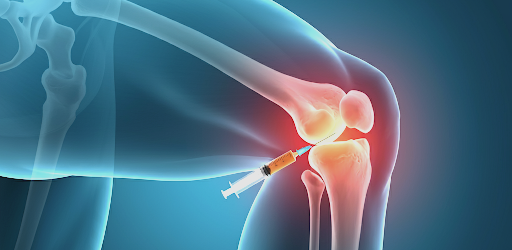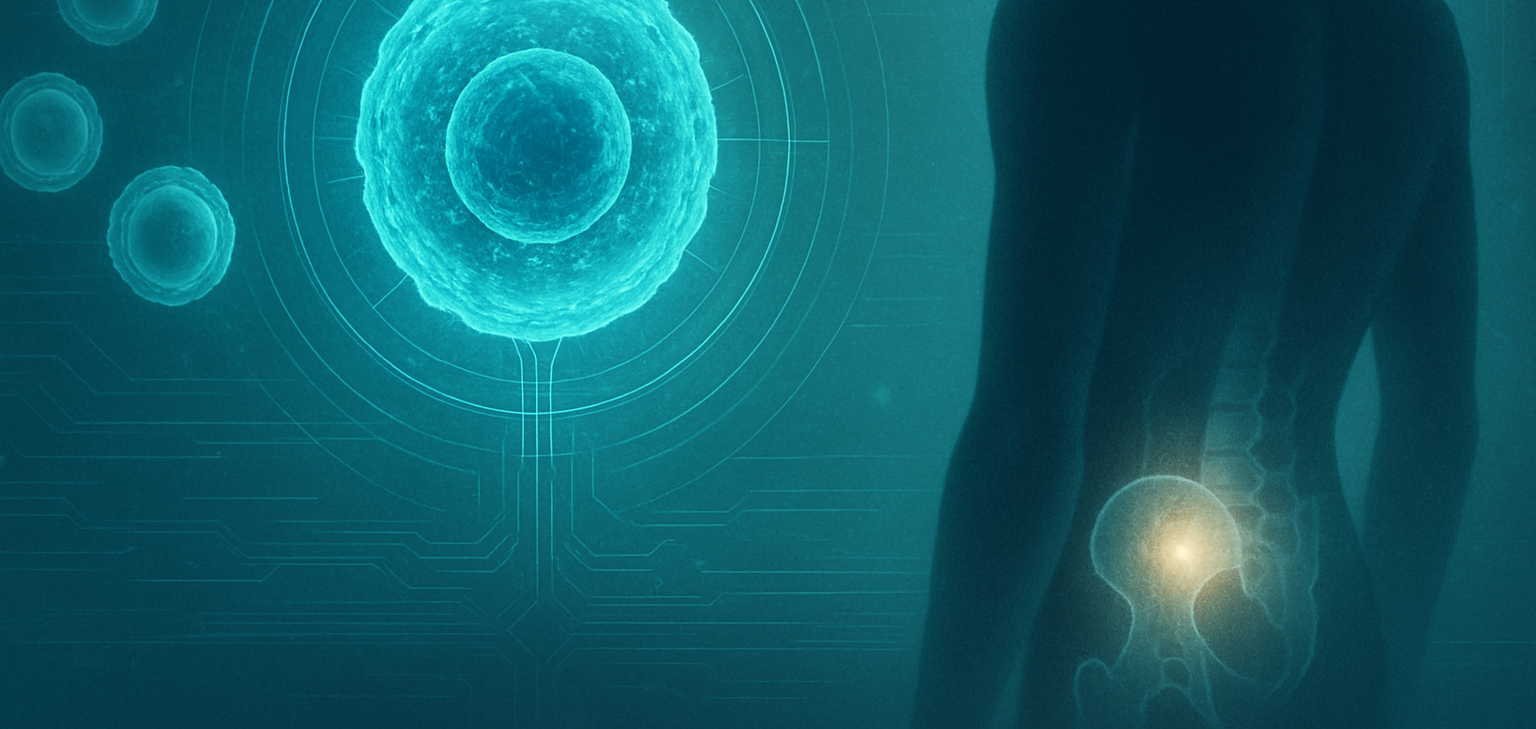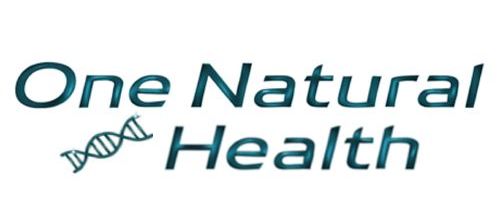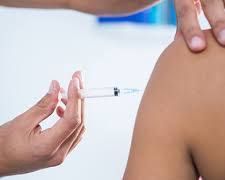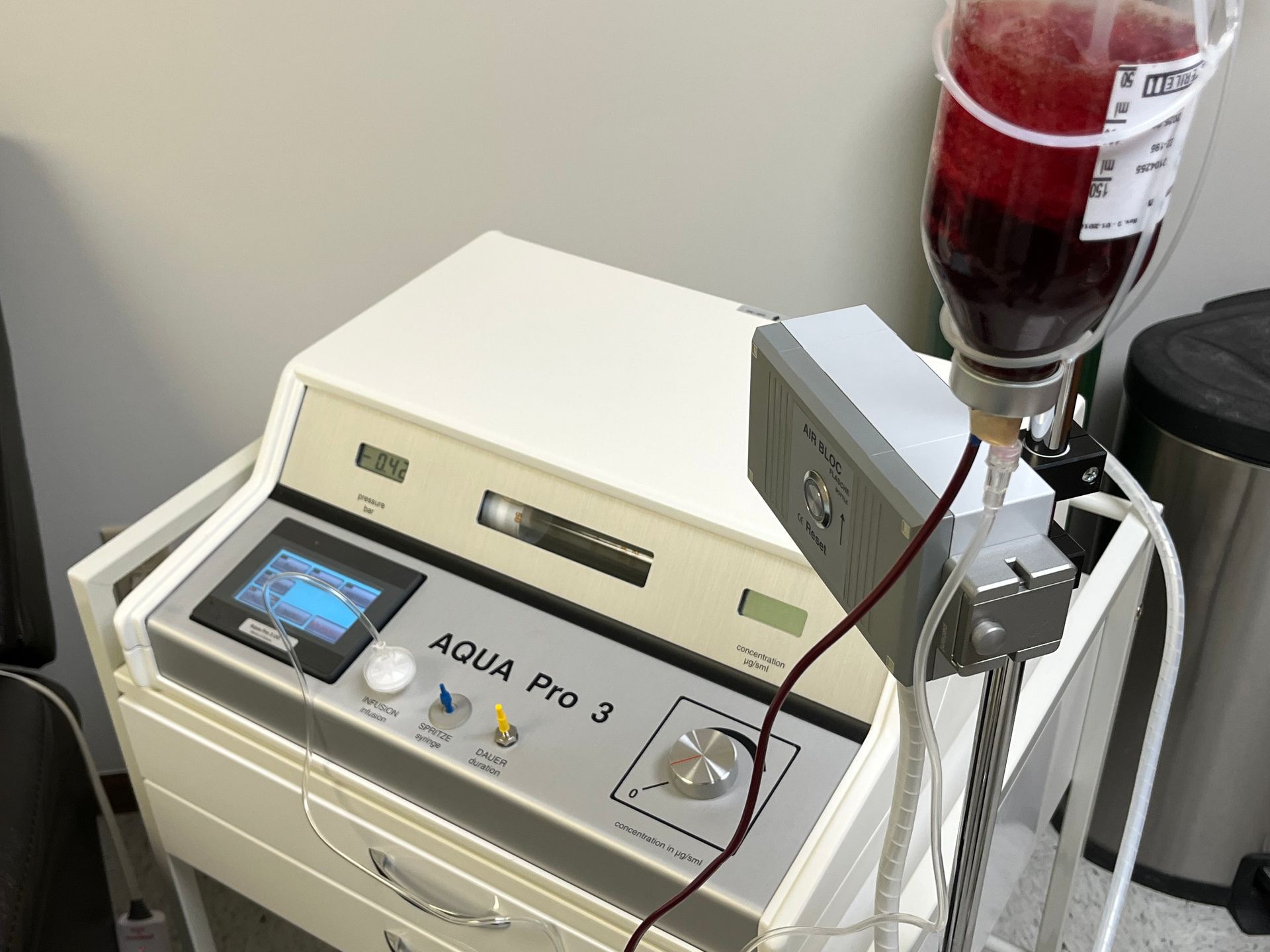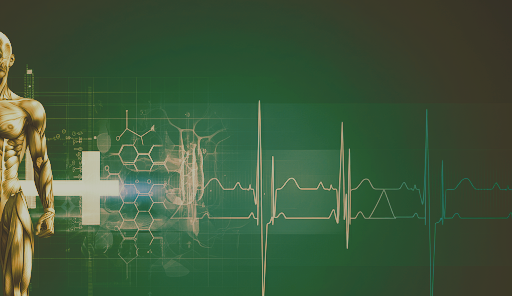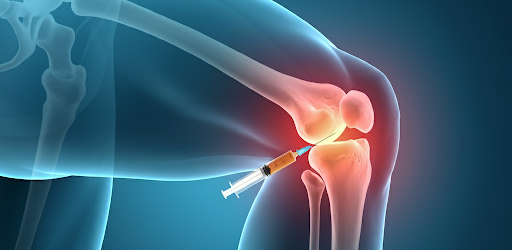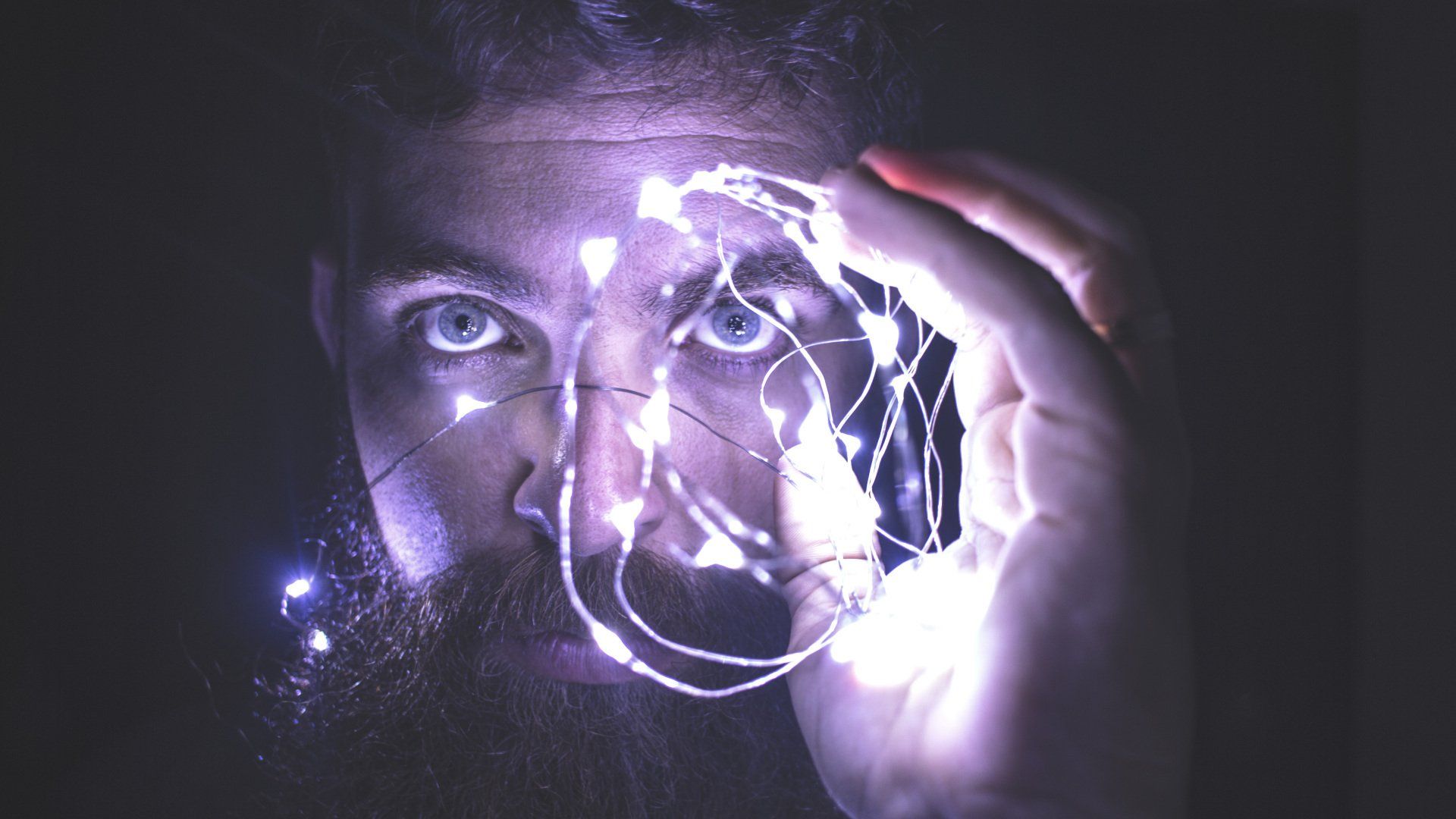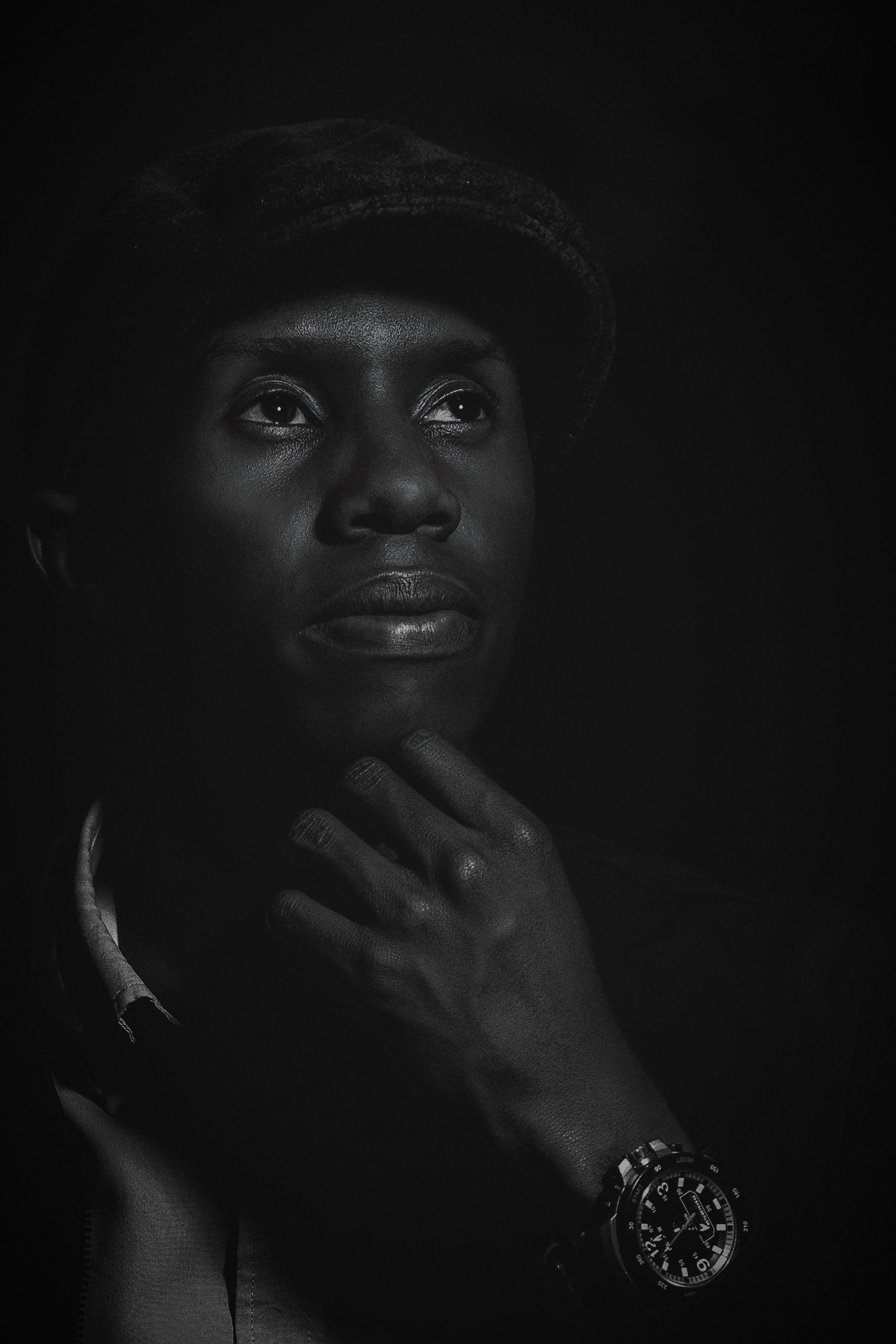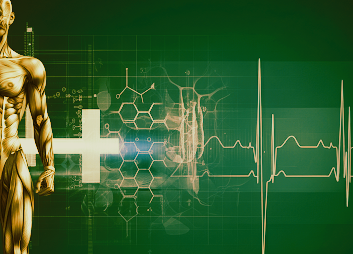By daniel meinke
•
October 17, 2025
Platelet-Rich Plasma (PRP) therapy has become one of the most sought-after regenerative treatments for individuals looking to restore hair, rejuvenate skin, or heal injuries naturally. The main attraction of PRP is its use of the body’s own platelets to stimulate repair and regeneration. However, one of the most common questions people have before undergoing PRP treatment is simple: how long does PRP last? The answer depends on a variety of factors, including the treatment area, frequency of sessions, and individual biology. Let’s dive deeper into understanding how PRP works, how long it lasts, and what you can do to maximize its effects. Understanding How PRP Works To understand how long PRP lasts, it’s important first to understand what PRP therapy does. PRP involves drawing a small sample of your blood and spinning it in a centrifuge to separate the platelet-rich plasma from other components. These platelets are rich in growth factors that stimulate tissue repair and cell regeneration. When injected back into the targeted area, PRP helps accelerate healing, enhance collagen production, and restore vitality to the skin, scalp, or joints. The science behind PRP lies in its ability to signal your body’s natural healing mechanisms. For instance, in hair restoration, PRP promotes new hair growth by awakening dormant follicles. In orthopedic treatments, it reduces inflammation and aids in tissue repair. The overall effect is gradual but powerful. Your body rejuvenates itself over time, leading to long-lasting benefits that are completely natural. How Long Does PRP Last for Hair Restoration? When it comes to PRP for hair restoration, patients typically begin to see noticeable results within three to six months after the initial sessions. Most treatment plans start with a series of three to four sessions spaced about a month apart. Once the initial series is complete, maintenance treatments every six to twelve months help sustain the results. In terms of longevity, PRP for hair growth can last up to 18 months with proper maintenance. However, factors such as genetics, hormonal changes, and overall health can influence how long the effects persist. The follicles that are reactivated continue to produce hair for as long as they remain healthy, which is why regular follow-up treatments help reinforce the stimulation process. The key takeaway is consistency. Just like skincare or fitness, PRP results thrive with ongoing care. Many patients find that once they achieve their desired density, a yearly touch-up session keeps their hair thicker, stronger, and fuller for years to come. PRP for Skin Rejuvenation: Duration and Maintenance For facial rejuvenation, PRP helps improve skin texture, tone, and elasticity by encouraging collagen and elastin production. After a PRP facial, patients usually notice an improvement in glow and smoothness within a few weeks. The collagen-building process, however, continues beneath the surface for several months. Typically, PRP facial results last 12 to 18 months, depending on factors like sun exposure, skincare habits, and overall health. The treatment is often performed in a series of three sessions spaced about a month apart, followed by maintenance once or twice a year. The longevity of PRP skin treatments largely depends on how well you care for your skin afterward. Avoiding excessive sun exposure, maintaining hydration, and using gentle, nourishing skincare products can dramatically extend the effects. Over time, you’ll notice your skin looking naturally refreshed, smoother, and more radiant without the need for fillers or synthetic interventions. PRP for Joint and Injury Healing: Long-Term Relief When used for joint injuries or chronic pain, PRP can provide relief that lasts significantly longer than traditional corticosteroid injections. Patients suffering from conditions like tendonitis, arthritis, or ligament injuries often experience pain reduction and improved mobility within a few weeks after treatment. The results of PRP for orthopedic use can last anywhere from six months to two years, depending on the severity of the injury and the individual’s healing response. Unlike medications that temporarily mask pain, PRP promotes actual tissue repair. This means the benefits can continue even after the initial relief phase. Many athletes and physically active individuals choose PRP because it’s a natural and long-term solution without the side effects of invasive surgery. The regenerative process strengthens tissues over time, making it a valuable option for those seeking sustainable healing. What Influences How Long PRP Lasts? While PRP offers incredible longevity compared to many other treatments, the duration of its effects varies from person to person. Several factors influence how long PRP lasts, including age, lifestyle, nutrition, and overall health. Younger individuals or those with a healthy lifestyle tend to respond better and retain results longer because their cells are more responsive to regenerative stimuli. Lifestyle habits play a huge role as well. Smoking, excessive alcohol consumption, stress, and lack of sleep can slow down the body’s healing process and diminish PRP’s effectiveness. On the other hand, maintaining a balanced diet rich in vitamins, antioxidants, and proteins can enhance the treatment’s longevity. Additionally, the skill and experience of the practitioner performing the treatment are crucial. A precise injection technique ensures that the platelet concentration is delivered exactly where it’s needed most. Choosing a reputable clinic that specializes in PRP therapy increases the likelihood of long-lasting and noticeable results. How to Make Your PRP Results Last Longer To prolong the effects of PRP, it’s essential to follow your practitioner’s post-treatment care instructions closely. For hair PRP, avoid harsh shampoos and minimize scalp irritation in the days following treatment. For facial PRP, avoid heavy makeup, direct sunlight, and strenuous exercise for at least 24 to 48 hours. Hydration also plays a key role. Drinking plenty of water helps maintain cellular function, while a nutrient-rich diet supports tissue repair. Regular maintenance sessions every six to twelve months can keep the regenerative process active and ensure that your results stay fresh. Many patients pair PRP with complementary treatments such as microneedling, laser therapy, or stem cell therapy for even greater longevity. These combinations can amplify collagen production and accelerate healing, leading to more dramatic, longer-lasting outcomes. So, how long does PRP last? On average, you can expect results to last between 12 and 24 months, depending on the treatment area and your body’s response. Hair restoration typically lasts up to 18 months, facial rejuvenation takes around 12 to 18 months, and joint or tissue healing can take up to two years. While the effects of PRP are not permanent, they are long-lasting and completely natural. With proper maintenance, a healthy lifestyle, and periodic follow-up treatments, PRP can deliver ongoing rejuvenation and vitality for years. At One Natural Health , we believe in harnessing the body’s natural power to heal and regenerate. Our PRP treatments are designed to deliver long-term, sustainable results so you can look and feel your best from the inside out.
